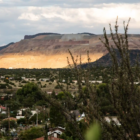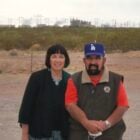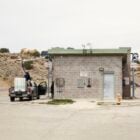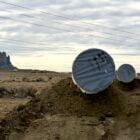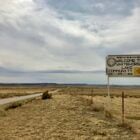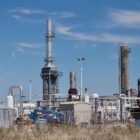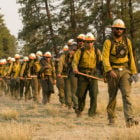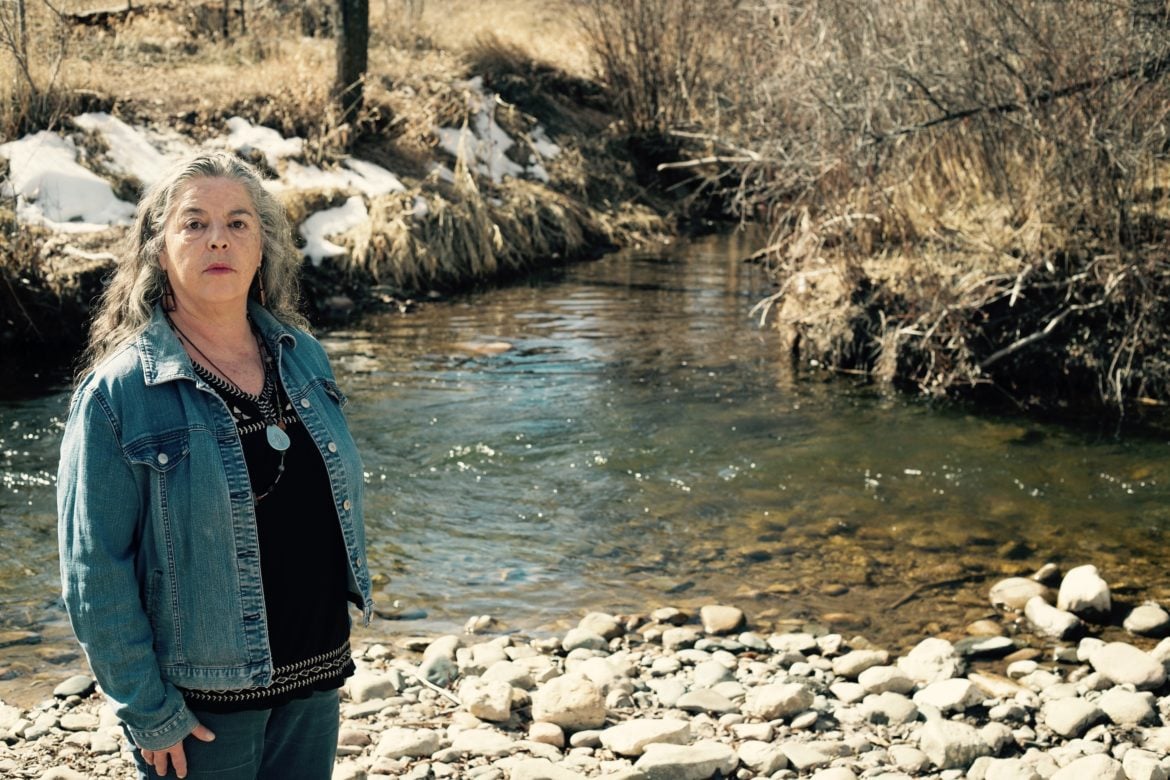At the Precipice: New Mexico's Changing Climate
How the rise of copper reveals clean energy’s dark side
|
This story is co-published by New Mexico In Depth and the Guardian US, as part of the series “America’s dirty divide.” Corky Stewart, a retired geologist, and his wife live in a rural subdivision in New Mexico’s Grant County, about a mile north of the sprawling Tyrone copper mine.
“We’ve been here three years and we’ve heard four blasts,” Stewart said of the mine, one of four on an expanse of land partitioned into dozens of four-acre lots. From his perspective, the blasts don’t seem unreasonable, given that a mining company owns the property and has the right to do what it wants.
But he didn’t know when he bought the property that the company would propose a new pit called the “Emma B” just a half-mile from the wells he and his wife depend on for drinking water. “If they were to somehow tap into our aquifer and drain our water supply, then our houses become valueless,” he said.
“We’re not making any effort to prevent the pit from being built,” he said. “All we’re really asking is for them to give us some commitment that they will fix whatever they do to our water supply.” But the mine refuses to give them this assurance, he said. Freeport-McMoRan did not respond to multiple requests for comment by New Mexico In Depth and The Guardian.
